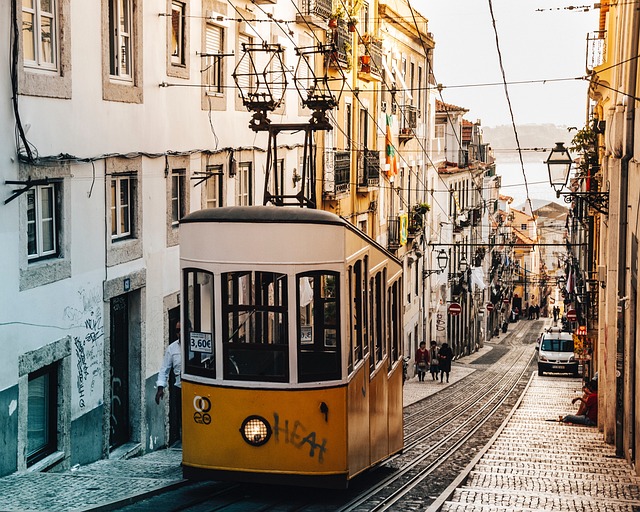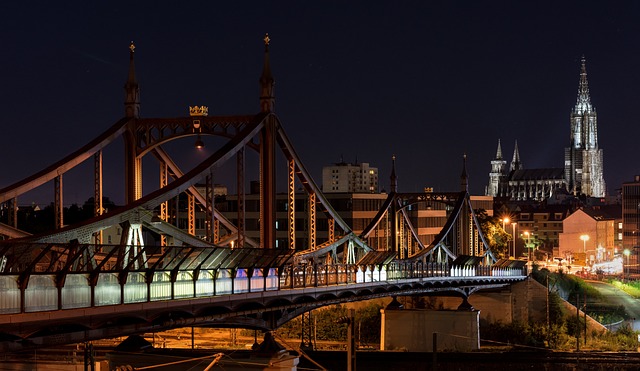Public Transportation Tips for Tourists: Navigating Cities with Ease

Public transportation is often the most efficient and cost-effective way to explore a new city. However, navigating unfamiliar transit systems can be daunting for tourists. This guide provides essential tips and strategies to help you master public transportation in any city, ensuring a smooth and enjoyable travel experience.
1. Research Before You Go
Before arriving at your destination, take some time to research the local public transportation system. This will save you time and reduce stress once you’re on the ground.
- Types of Transport: Identify the main modes of transportation available (e.g., buses, trains, trams, subways, ferries).
- Maps and Routes: Download or pick up a transit map and familiarize yourself with key routes and stops.
- Apps and Tools: Use apps like Google Maps, Citymapper, or local transit apps to plan routes and check schedules.
2. Get the Right Ticket or Pass
Understanding ticketing options can save you money and make your travels more convenient.
- Single Tickets: Ideal for one-time trips but can be expensive if used frequently.
- Day Passes: Unlimited travel for a day, perfect for tourists.
- Multi-Day Passes: Cost-effective for longer stays.
- Contactless Payment: Many cities (e.g., London, New York) allow you to pay with contactless credit/debit cards or mobile wallets.
- Tourist Cards: Some cities offer special tourist passes that include public transportation and discounts to attractions (e.g., the Paris Visite Pass or Berlin WelcomeCard).
3. Learn the Basics of the System
Each city’s public transportation system has its own quirks. Here’s what to look out for:
- Operating Hours: Check when services start and end, especially if you plan to stay out late.
- Frequency: Know how often buses, trains, or trams run, particularly during off-peak hours.
- Zones: Many cities divide their transit systems into zones, and fares vary accordingly. Make sure your ticket covers your entire journey.
- Transfers: Understand the rules for transferring between lines or modes of transport. Some systems allow free transfers within a certain time frame.
4. Be Prepared for Your Journey
A little preparation goes a long way in ensuring a smooth ride.
- Have Change or Small Bills: Some systems require exact change for tickets, especially on buses.
- Keep Your Ticket Handy: You may need to show or scan your ticket multiple times during your journey.
- Stay Alert: Pay attention to announcements and signage to avoid missing your stop.
- Plan for Delays: Allow extra time for unexpected delays, especially during peak hours or bad weather.
5. Safety and Etiquette
Public transportation is generally safe, but it’s important to stay aware and respectful of local customs.
- Keep Valuables Secure: Be mindful of pickpockets, especially in crowded areas.
- Priority Seating: Offer your seat to elderly, pregnant, or disabled passengers.
- Stand on the Right: On escalators, stand on the right and walk on the left (common in many cities).
- Avoid Rush Hour: If possible, avoid traveling during peak hours (7-9 AM and 5-7 PM) to escape the crowds.
6. Tips for Specific Cities
Here are some city-specific tips to help you navigate public transportation like a pro:
a. London, UK
- Oyster Card: Get an Oyster Card or use contactless payment for the cheapest fares.
- Tube Etiquette: Stand on the right side of escalators and let passengers exit before boarding.
b. New York City, USA
- MetroCard: Purchase a MetroCard for unlimited rides or pay-per-ride options.
- Subway Lines: Note that some subway lines have express and local services; check the map carefully.
c. Paris, France
- Navigo Card: Use a Navigo card or single tickets for the metro and buses.
- Beware of Strikes: Check for transit strikes, which are common in Paris.
d. Tokyo, Japan
- Suica/Pasmo Cards: Use a rechargeable Suica or Pasmo card for seamless travel.
- Rush Hour Crowds: Avoid the subway during rush hour unless you’re prepared for extreme crowds.
e. Berlin, Germany
- Berlin WelcomeCard: Offers unlimited travel and discounts to attractions.
- Validate Your Ticket: Remember to stamp your ticket before boarding to avoid fines.
7. Alternative Transportation Options
In addition to traditional public transportation, consider these alternatives for getting around:
- Bike-Sharing: Many cities have bike-sharing programs (e.g., Citi Bike in NYC, Vélib’ in Paris).
- Ride-Sharing: Apps like Uber or Lyft are available in many cities.
- Taxis: Use licensed taxis or apps like Gett or Free Now.
- Walking: Often the best way to explore a city’s neighborhoods and hidden gems.
8. Troubleshooting Common Issues
Even with the best planning, things can go wrong. Here’s how to handle common problems:
- Lost or Stolen Tickets: Report the issue to transit staff immediately. Some systems allow you to block and replace lost cards.
- Missed Stops: Stay alert and use apps to track your location in real-time.
- Language Barriers: Learn a few key phrases or use translation apps to communicate with staff or locals.



